Oud Agarwood
What Does Oud Smell Like?
Welcome to oudwoodvietnam.com! In this article, we will provide detailed answers to the question, “What Does Oud Smell Like?” These insights are based on our years of experience and research on oud wood. We hope this information proves helpful to you.
Oud Wood: Origins and Formation
Oud wood, also known as agarwood, is a rare and precious type of wood originating from trees belonging to the genus Aquilaria in the Burseraceae family. The most common species used to produce oud wood include Aquilaria crassna, Aquilaria malaccensis, Aquilaria crassifolia, and Aquilaria beccariana.
Oud wood is formed through the infection of a specific mold called Phialophora Parasitica. When the mold infiltrates the tree trunk, it secretes a resin with a distinctive fragrance. This resin gradually accumulates over time, creating a layer of oud wood.

Composition of Oud Wood
The main component of oud wood is fragrant resin. Additionally, it contains other components such as fatty acids, aldehydes, ketones, esters, and other aromatic compounds. The origin of oud wood lies in trees belonging to the Dầu family, including:
- Aquilaria Crassna: This is the most common species in Southeast Asia, especially in Vietnam, Laos, Cambodia, and Thailand.
- Aquilaria Malaccensis: This species originates from Southeast Asia and South Asia.
- Aquilaria Sinensis: This species has its origins in China.
Geographical Origin of Oud Wood
Oud wood is sourced from tropical and subtropical regions, including Southeast Asia, South Asia, China, and India. Countries and regions renowned for their cultural use of oud wood include:
- Vietnam: Vietnam is one of the world’s largest natural agarwood sources. Vietnamese agarwood is esteemed for its high quality, with a rich and intense fragrance.
- Laos: Laos is also a country with abundant natural agarwood. Laotian agarwood is black with a sweet and captivating aroma.
- Cambodia: Cambodia has a longstanding cultural tradition of using agarwood. Cambodian agarwood is reddish-brown with a warm and relaxing fragrance.
- Thailand: Thailand is one of the world’s largest consumers of agarwood. Thai agarwood is dark brown with a delicate and subtle aroma.
Historical Significance of Oud Wood
Oud wood has been used for thousands of years in ancient cultures. It has been employed in various fields, including perfumery, furniture crafting, and traditional medicine.
Applications in Various Fields
In addition to the mentioned areas, oud wood finds applications in various other fields:
- Cosmetic Production: Oud wood is used in some cosmetics such as perfumes, shower gels, and moisturizers.
- Food: Oud wood is used to impart fragrance to certain foods, including tea, coffee, and alcoholic beverages.
- Jewelry: Oud wood is utilized in crafting jewelry items like bracelets, rings, and earrings.
Oud wood is a rare and valuable type of wood with cultural, economic, and health-related significance.
What does oud smell like?
Oud wood, or agarwood, hails from Southeast Asian nations, particularly Vietnam, and is a scarce and valuable wood type. Renowned for its unique aroma, oud wood is widely regarded as one of the most captivating and potent fragrances worldwide, owing to its oud smell.
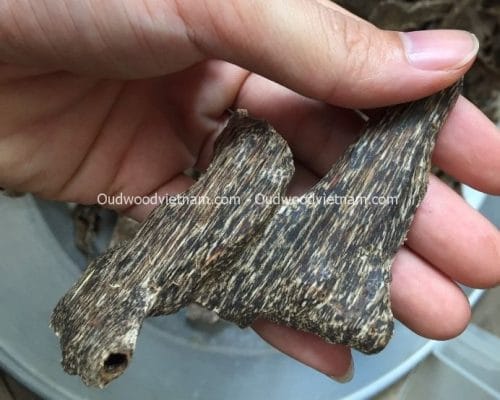
Basic Fragrance
The basic fragrance of oud wood combines the following scent notes:
- Wood: The warm and smooth woody scent is the dominant note of oud wood, often described as warm, intense, and soothing, providing a sense of relaxation and comfort.
- Smoke: A subtle and refined smoky scent is also a characteristic note of oud wood, described as warm, sweet, and sensual, creating a sense of tranquility and serenity.
- Tree Resin: The sweet and captivating scent of tree resin contributes to the distinctive fragrance of oud wood. This fragrance is often described as warm, luxurious, and sophisticated, evoking confidence and power.
- Earth: A gentle and fresh earthy scent may also be found in the fragrance of oud wood, described as cozy, familiar, and warm, creating a sense of safety and peace.
- Floral Notes: Delicate and subtle floral scents may also appear in the fragrance of oud wood, adding sweetness and allure. This fragrance is often described as fresh, gentle, and feminine, providing a sense of relaxation and comfort.
- Spicy Notes: Warm and spicy notes can also be present in the fragrance of oud wood, creating a strong scent. This fragrance is often described as stimulating, captivating, and enticing, evoking confidence and success.
Factors Influencing Oud Smell
Tree Species:
Oud wood is a rare type of wood produced from several species within the Aquilaria family. These species typically grow in humid tropical regions, such as Southeast Asia, South Asia, and East Africa.
The most common species used to produce oud wood include:
- Aquilaria malaccensis: This is the most common species used for oud wood production. Oud wood from this species often has a strong and intense fragrance, with notes of tree resin, rose, agarwood, and vanilla.
- Aquilaria crassna: Found in Southeast Asia, oud wood from this species has a sweet and warm fragrance, with notes of agarwood, orange blossom, and agarwood.
- Aquilaria sinensis: Found in China, oud wood from this species has a warm and sensual fragrance, with notes of agarwood, rose, and musk.
Additionally, there are other species, such as Aquilaria agallocha, Aquilaria crassna var. tonkinensis, and Aquilaria filaria, which can also be used to produce oud wood.
The oud smell can exhibit notable variations based on the diverse tree species, owing to their distinct chemical compositions and aromatic compounds. Agarol, a compound with a unique fragrance, serves as the principal chemical component in oud wood. Moreover, oud wood encompasses additional compounds including sesquiterpenes, lactones, and aldehydes.
Perfumers often blend oud wood from different species to create unique and complex fragrances.
Age:
The age of the tree is a crucial factor influencing the richness and complexity of the fragrance. Older trees tend to produce a more intense and complex scent as they accumulate more essential oils and aromatic compounds over time. These compounds may react with each other, creating new and more complex fragrances.
Examples:
- Oud wood from trees aged 50 years or more often has a distinctive fragrance with clear layers, ranging from warm and intense woody scents to notes of mold, earth, tobacco, and even floral fragrances.
- Oud wood from trees aged 100 years or more tends to have a sweet and captivating fragrance, with layers of warm pink wood, sweetness, and notes of rose, jasmine, and even honey.
The aging process significantly influences the depth and complexity of oud wood fragrance.
Mechanisms of Age Influence on Fragrance:
There are two main mechanisms through which age affects the fragrance of aromatic wood:
- Accumulation of essential oils and aromatic compounds: Older trees have more time to accumulate essential oils and aromatic compounds. These compounds can be produced by the tree itself or absorbed from the surrounding environment.
- Chemical reactions between aromatic compounds: Aromatic compounds in aromatic wood can react with each other over time, creating new and more complex fragrances. These chemical reactions can be influenced by factors such as temperature, humidity, light, and other environmental factors.
Age is an important factor influencing the richness and complexity of the fragrance of aromatic wood. The older the tree, the more intense and complex the fragrance.
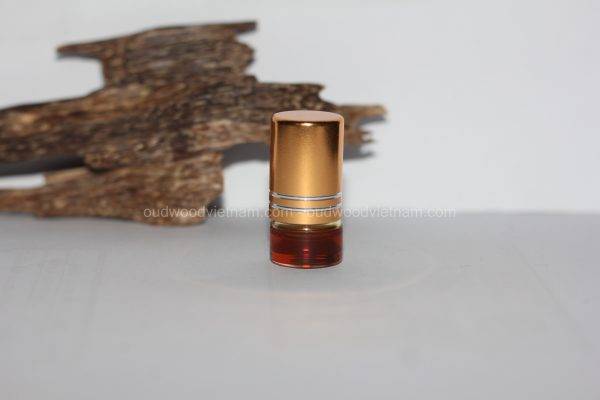
Distillation Process:
The distillation process is a physical process in which a liquid is heated to its boiling point, and then the vapor is condensed back into a liquid. This process is used to extract aromatic compounds from natural materials such as flowers, fruits, wood, etc.
The depth and purity of the fragrance depend on various factors, including the composition of the raw material, temperature, and distillation time.
Raw Material Composition:
Materials containing more aromatic compounds will produce a more intense fragrance. For example, oud wood is a type of wood that contains many aromatic compounds, including amyris, vanillin, and benzoin. Therefore, distilled oud wood will result in a rich fragrance.
Temperature and Distillation Time:
Higher distillation temperatures result in more volatile aromatic compounds being extracted. However, excessively high distillation temperatures may also cause unwanted loss of some aromatic compounds, leading to a less pure fragrance.
Longer distillation times lead to the extraction of more aromatic compounds. However, excessively long distillation times may also result in the loss of some volatile aromatic compounds, reducing the intensity of the fragrance.
Example:
For instance, the traditional distillation of oud wood commonly yields a potent scent. This traditional approach typically employs low distillation temperatures and extended distillation durations, resulting in the extraction of various lavish aromatic compounds such as Amyris, vanillin, and benzoin. Consequently, this process contributes to the creation of a fragrance characterized by its richness and complexity.
In contrast, when employing modern distillation methods, oud wood often emanates a fragrance that is both pure and subtle. These contemporary techniques usually utilize high distillation temperatures and brief distillation times, extracting a range of volatile aromatic compounds, including some deemed undesirable.
Hence, the distillation process plays a pivotal role in determining the intensity and purity of the oud smell. Opting for an appropriate distillation method is essential for achieving the desired fragrance, taking into account the raw material and specific requirements.
Geographical Conditions:
The oud smell emanates from a rare and precious wood cultivated in diverse regions across the globe, each characterized by distinct geographical and climatic conditions that contribute to the unique fragrance of oud wood.
The key geographical factors affecting the fragrance of oud wood include:
- Climate: Oud wood is cultivated in regions with a dry, hot, and sunny climate. A dry climate slows down the growth of oud wood, resulting in a more intense and complex fragrance.
- Elevation: Oud wood is cultivated in regions with elevations ranging from 300 to 1,000 meters above sea level. The elevation helps oud wood absorb more essential oils, creating a more intense fragrance.
- Soil: Oud wood is cultivated in nutrient-rich, well-draining soil. Good soil quality helps oud wood grow healthily, resulting in a rich and long-lasting fragrance.
Famous Oud Wood Cultivation Regions Worldwide
Across the globe, several regions are renowned for cultivating high-quality oud wood, including:
- Vietnam: Vietnam is one of the world’s most renowned regions for oud wood cultivation. Vietnamese oud wood is characterized by its rich, complex, and long-lasting fragrance.
- India: Oud wood from India has a warm, sweet, and pleasant fragrance.
- Indonesia: Oud wood from Indonesia has a strong, intense, and unique fragrance.
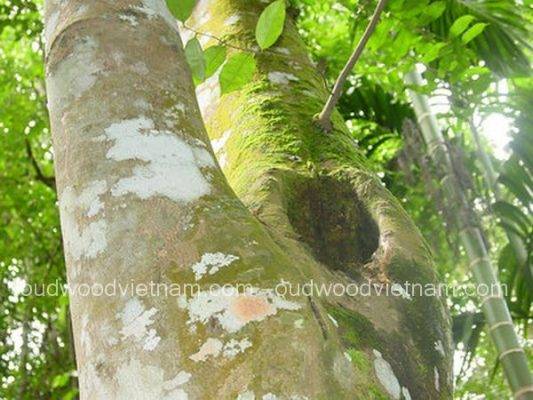
Other Factors Influencing the Oud Smell
In addition to the factors mentioned above, several other factors can influence the fragrance of oud wood:
Wood Processing:
Oud wood can undergo various processing methods, such as:
- Planing: Oud wood is planned to remove bark and other impurities.
- Drying: Oud wood is dried to remove moisture.
- Essential Oil Production: Oud wood is distilled to extract essential oil.
The wood processing method can impact the fragrance of oud wood in various ways. For example, planting oud wood can help remove impurities, making the fragrance more pure. Drying oud wood can enhance its intensity. Essential oil production from oud wood can extract valuable aromatic components, resulting in a complex and long-lasting fragrance.
Fragrance Longevity of Oud Wood
The rare and precious oud wood, renowned for its distinctive, warm, intense, and captivating aroma, contains a blend of chemical compounds such as cinnamic acid, benzoic acid, vanillic acid, and eugenol. These compounds play a crucial role in ensuring the enduring fragrance on the skin, lasting between 6 to 8 hours and, in certain instances, persisting for up to 24 hours.
The longevity of the fragrance of oud wood depends on several factors, such as the quality of agarwood, the concentration in the perfume, the application locations, and weather conditions. The older the agarwood tree, the more intense and long-lasting the fragrance. Perfumes with a higher concentration of oud wood tend to retain the scent for a longer duration, and applying the fragrance to pulse points such as the neck and wrists enhances its longevity. Dry and cool weather conditions also provide favorable circumstances for the longevity of oud wood fragrance.
Factors Influencing Oud Wood Fragrance Longevity:
- Quality of Agarwood: The age and quality of agarwood significantly impact the longevity of oud wood fragrance. Older agarwood trees, especially those aged 50 years or more, tend to produce a more enduring and complex scent.
- Perfume Concentration: Perfumes with a higher concentration of oud wood extract will generally have a longer-lasting fragrance. The concentration of oud wood in the perfume formulation contributes to the overall staying power of the scent.
- Application Locations: Applying oud wood fragrance to pulse points, such as the neck and wrists, enhances its longevity. These areas generate heat, intensifying the diffusion of fragrance and prolonging its presence on the skin.
- Weather Conditions: Dry and cool weather conditions are conducive to the longevity of oud wood fragrance. These conditions prevent rapid evaporation and help the scent linger for an extended period.
Understanding and considering these factors can assist fragrance enthusiasts in maximizing the longevity and enjoyment of oud wood fragrances.
Check our Featured products!
Check our Featured products!
Using Oud Wood in Perfumery
Oud wood is often used as a key ingredient in high-end perfumes, creating a sense of luxury and sophistication. It can be combined with various other fragrance notes to produce a unique scent. Floral, fruity, and woody notes are commonly paired with oud wood, offering diverse olfactory experiences.
Applications of Oud Wood in Other Fields
Beyond perfumery, oud wood finds applications in various other fields:
- Traditional Medicine: Used in treating skin conditions such as acne, psoriasis, and eczema. Also employed in respiratory ailments like asthma and bronchitis, as well as digestive issues like abdominal pain and diarrhea.
- Beauty: Included in beauty products such as perfumes, soaps, and moisturizing creams to provide both fragrance and skincare benefits.
- Culinary: Utilized in traditional dishes of Middle Eastern and Indian cuisines, adding a fragrant touch to dishes like curry and grilled meats.
Conclusion about Oud Smell
Oud wood is a rare and highly valuable material with a distinctive, warm, and luxurious fragrance. It is utilized in various domains, ranging from perfumery and cosmetics to furniture production.
Key Points about Oud Wood:
- Fragrance: Oud wood exhibits a distinctive, warm, and luxurious fragrance resulting from a blend of different components, including wood, resin, herbs, and floral notes.
- Characteristics: Oud wood is a hard, dark brown or black wood with a strong, long-lasting fragrance.
- Applications: Oud wood is employed in various areas, including:
- Perfumery: As a crucial component in many high-end perfumes, providing warmth, luxury, and allure.
- Cosmetics: Used in a variety of cosmetic products, including perfumes, moisturizing creams, and lipsticks, enhancing both fragrance and aesthetic appeal.
- Furniture: Incorporated into furniture manufacturing, such as chairs, cabinets, and beds, creating an ambiance of luxury and coziness.
The fragrance of oud wood offers a multitude of advantages for both beauty and health. Should you have an interest in oud wood, invest some time in delving deeper into this versatile and precious material to grasp its diverse characteristics and meaningful implications.
Further Exploration of Oud Smell
There are several ways for you to learn more about the field of oud wood:
- Read books, articles, and magazines dedicated to oud wood.
- Participate in workshops and courses focused on oud wood.
- Visit stores specializing in oud wood to learn about different varieties.
Wishing you intriguing experiences as you continue your journey of discovery into the world of oud wood!
Check our Featured products!

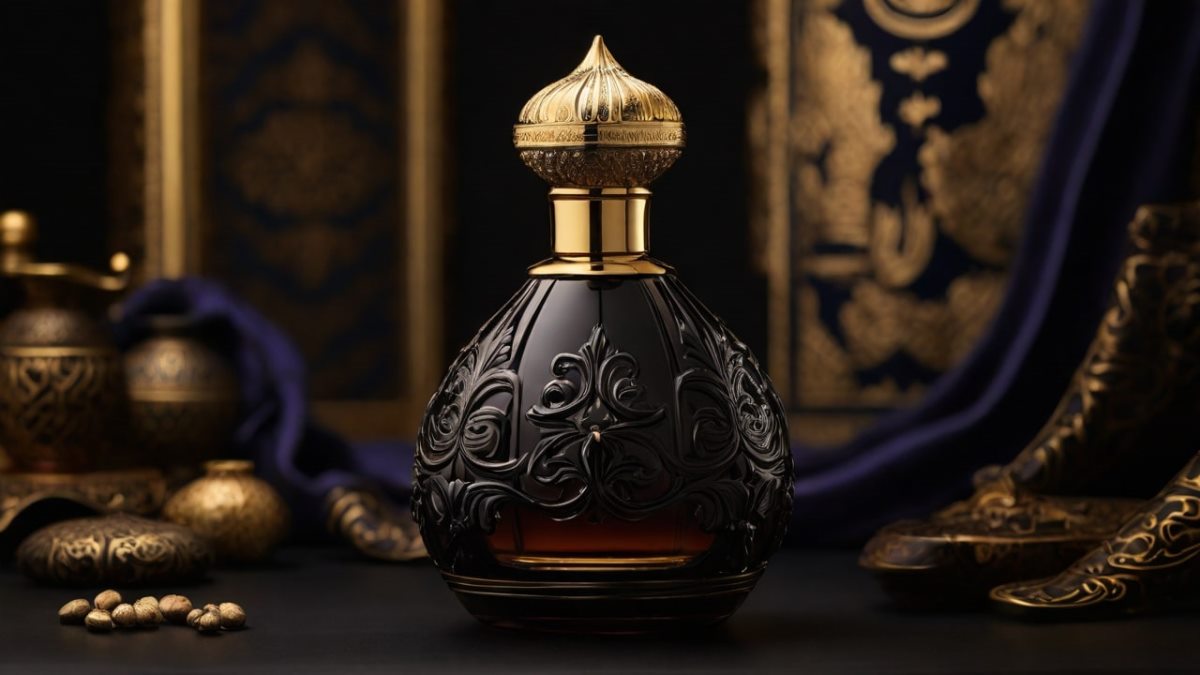
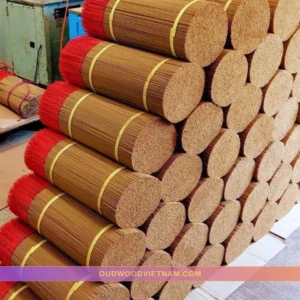
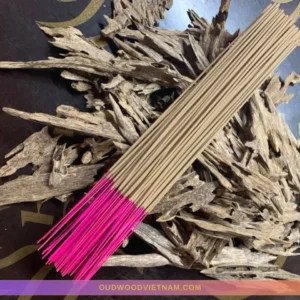
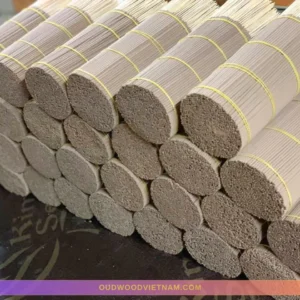
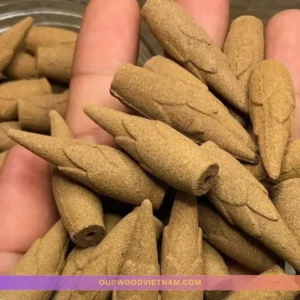
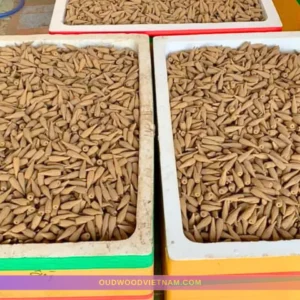


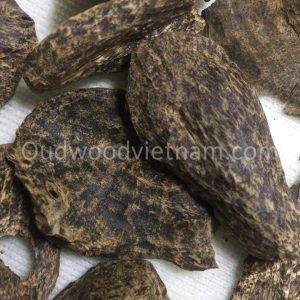
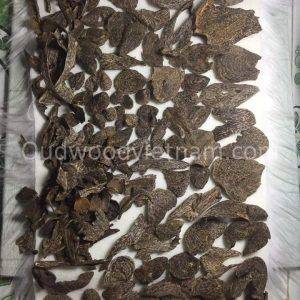
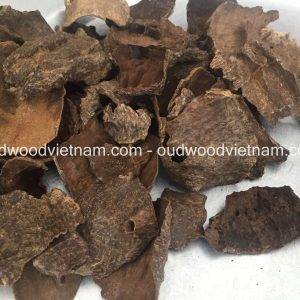

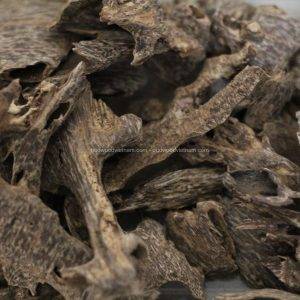
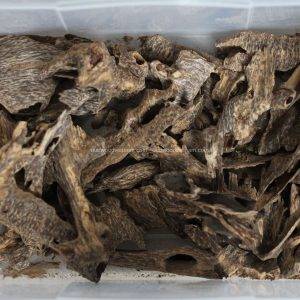
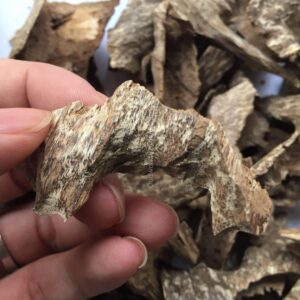
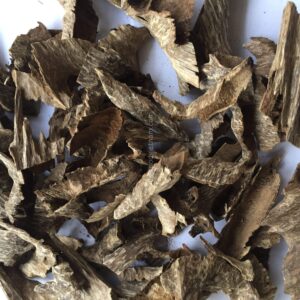
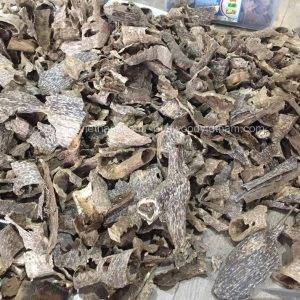
Oud Wood Agarwood Chips
Hoi An Oud Wood Agarwood Chips | Doi De A | Grade A++ | 20g
Oud Wood Agarwood Chips
Khanh Hoa Oud Wood Agarwood Chips | Chop Mu A | Grade A++ | 20g
Oud Wood Agarwood Chips
Natural Oud Wood Agarwood Chips | Mo | Grade A | 30g